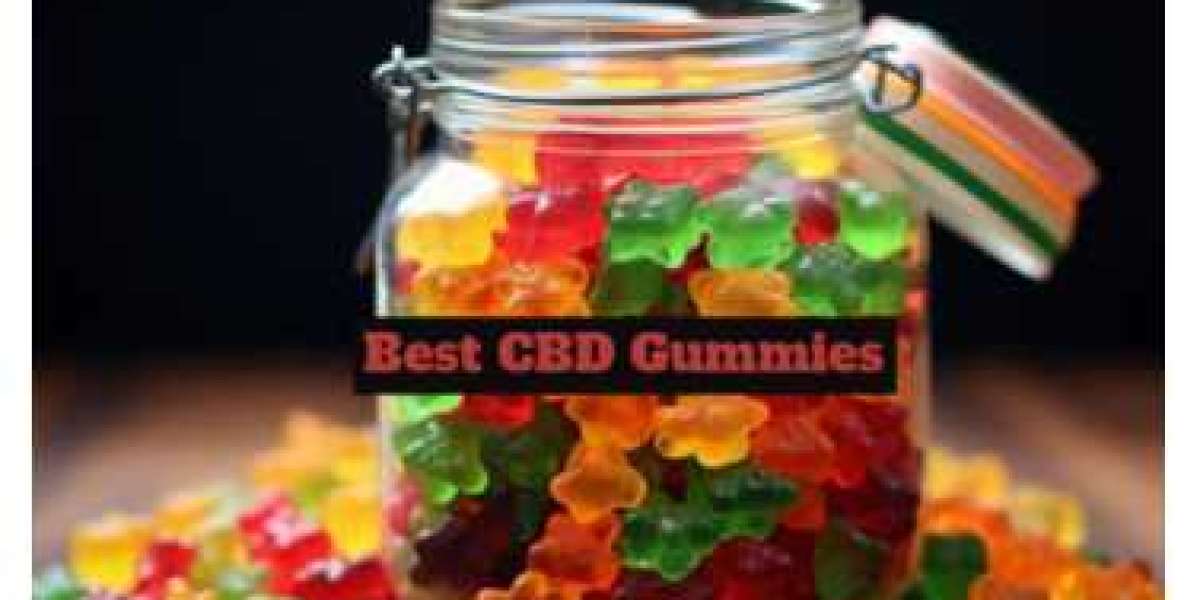The Benefits of Paper Bag Packaging
While we may be accustomed to seeing every bit of our food wrapped in air-tight plastic wrap, food and coffee shouldn’t be limited to only plastic. Since they were developed in 1852, paper bags continue to be a popular bagging item, despite the competition from plastic bags. While you may not be able to find them in as many stores as you once could, paper bags continue to be a popular choice for shopping and food items due to the increased durability and their eco-friendly disposition. Paper bags have come a long way since their humble beginnings in the mid-eighteenth century, with manufacturers developing paper bags that are more resilient and durable. Their box-shaped design also allows them to stand upright and hold more goods at once. When compared with plastic bags, they are also much safer. For example, a child is not likely to suffocate from accidently putting a paper bag over their head, as they are with plastic bags. Paper bags have become something of a fashion and status symbol in today’s market, due to the amount of time and effort that brands spend designing an attractive paper bag for their wares. With attractive paper bags that advertise the company’s brand, customers are providing a form of free advertising and endorsement. Paper bags also offer many eco-friendly benefits to those who use them. They can be taken care of and continually reused. They are both recyclable and biodegradable. Paper bags are made from a renewable natural resource, can be reused repeatedly and can be shipped to a paper mill and remade into new paper. In fact, it actually requires less energy for paper bags to be recycled than it does for plastic. Paper bags are also biodegradable and pose less of a threat to the environment and wildlife.
By choosing high quality paper bags for your coffee, tea, snacks, nuts, cookies, candy and spices, you are adding a professional appeal that consumers love and appreciate. Not to mention, you can add your own custom brand to any paper bag to promote your business. With professional quality and aesthetic appeal, you are sure to impress and delight your customers.
Pros and Cons of Paper Cups – Facts I bet you didn’t know
The pros of paper cups are that they break down quicker than plastic, they are affordable, come in a range of colors, can be recycled, are light, cheap, can hold hot and cold liquids and won’t break when you drop them. The cons of paper cups are that they can have a thin plastic coating which needs a specialty recycling facility, are single use and are often packaged in plastic. Paper cup pros include their low price, light weight and the fact they will break down quicker than plastic. Compared to a reusable option however they do not stack up and there may be better choices for the environment. Paper cups are a quick use, throw away option that can be replaced with a reusable choice easily. Kids parties are a place where reusable cups are a great swap and a good quality bamboo cup can be a great choice. Paper cups are light weight, will not break when you drop them and can be made from sustainable wood sources like bamboo. If paper cups are recycled correctly they offer benefits over polystyrene cups which will not break down for 500 years. Paper cups benefit the environment as the paper will break down quicker than plastic or Styrofoam.
The disadvantages of paper cups are that they are difficult to recycle because they often contain a plastic lining. Other disadvantages of paper cups are that they are single use, create waste, can come in plastic wrapping that can’t be recycled and can end up in landfill. Paper cups are usually made from trees which are cut down and shredded which is a major disadvantage of paper cups. Paper cups are bad for the environment if they are made from trees which are not sustainably grown. The environment suffers when paper cups are not recycled properly or thrown away as they create more waste. They can be difficult to recycle because of their plastic lining which makes them bad for the environment as they need specialized facilities to deal with the waste.
Is Food Packaging a Benefit to Society?
In recent years, packaging has attracted a great deal of negative media attention and political scrutiny. Paradoxically,








